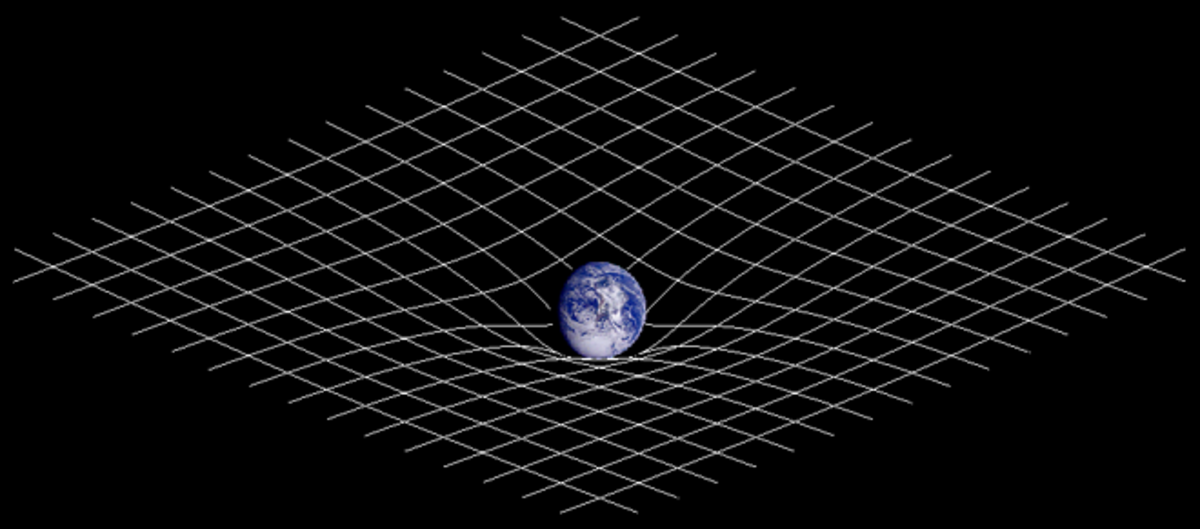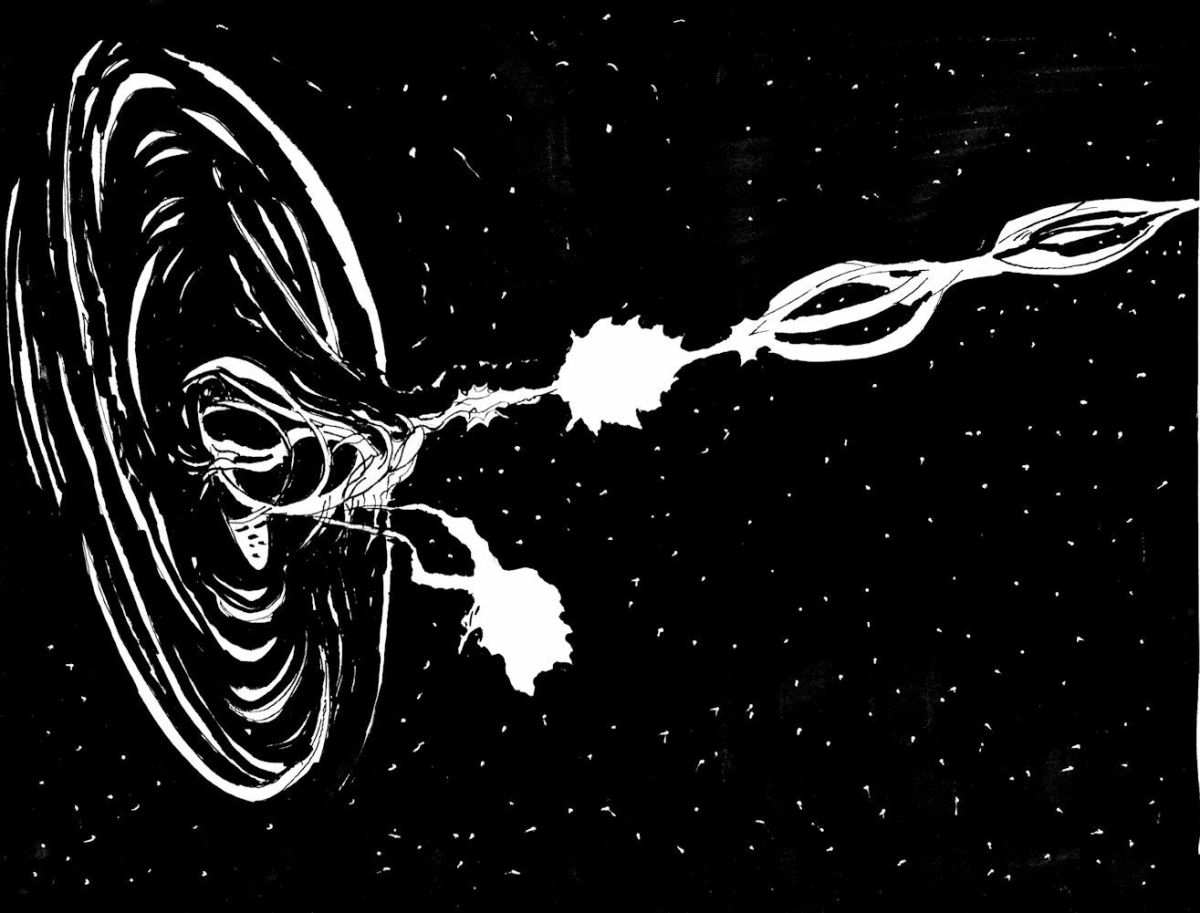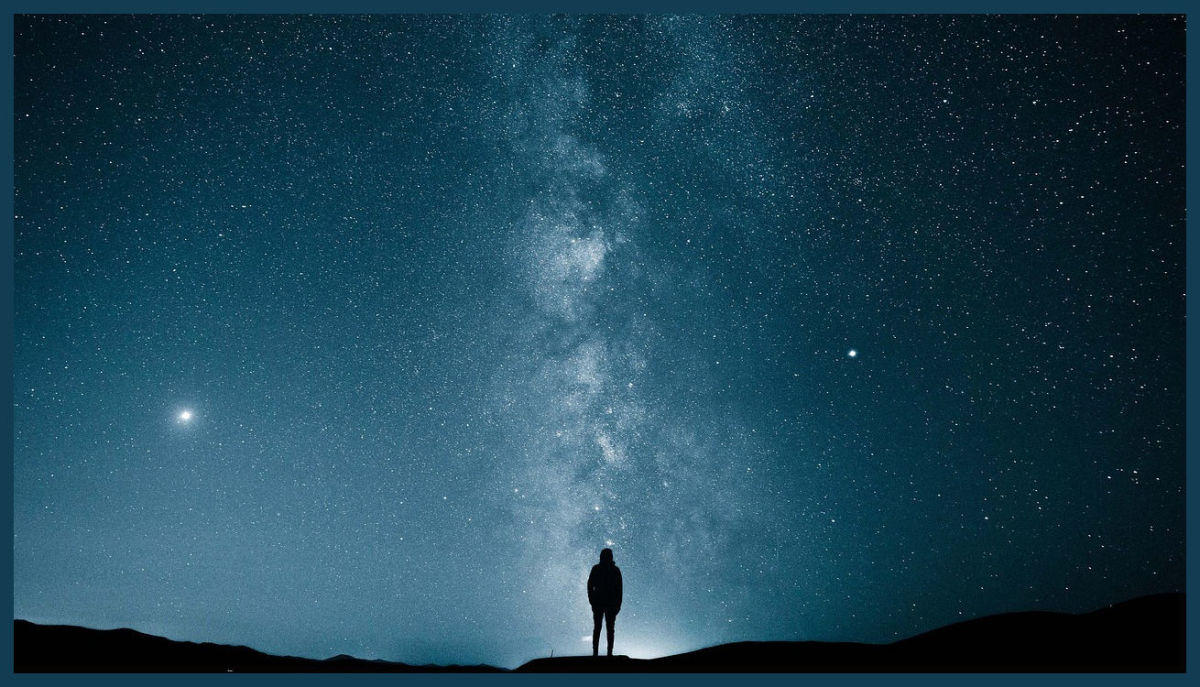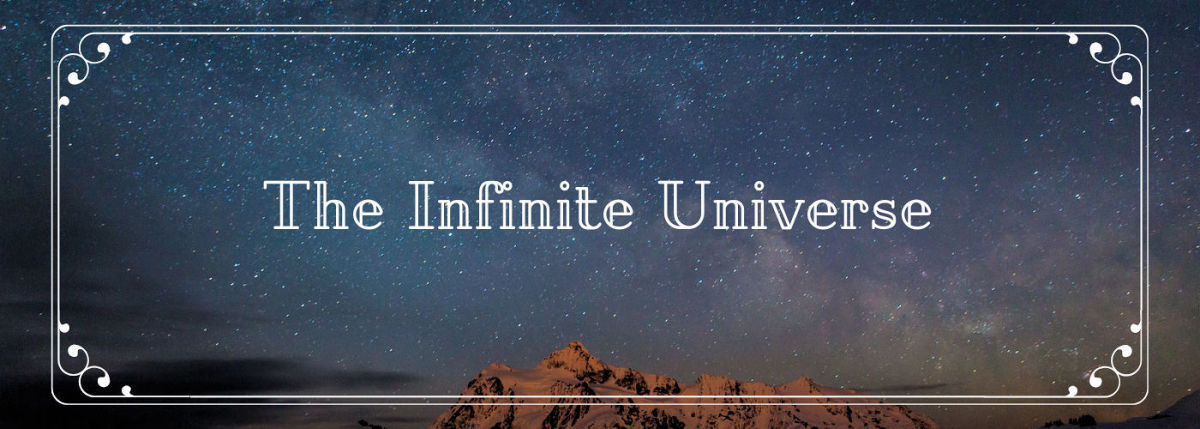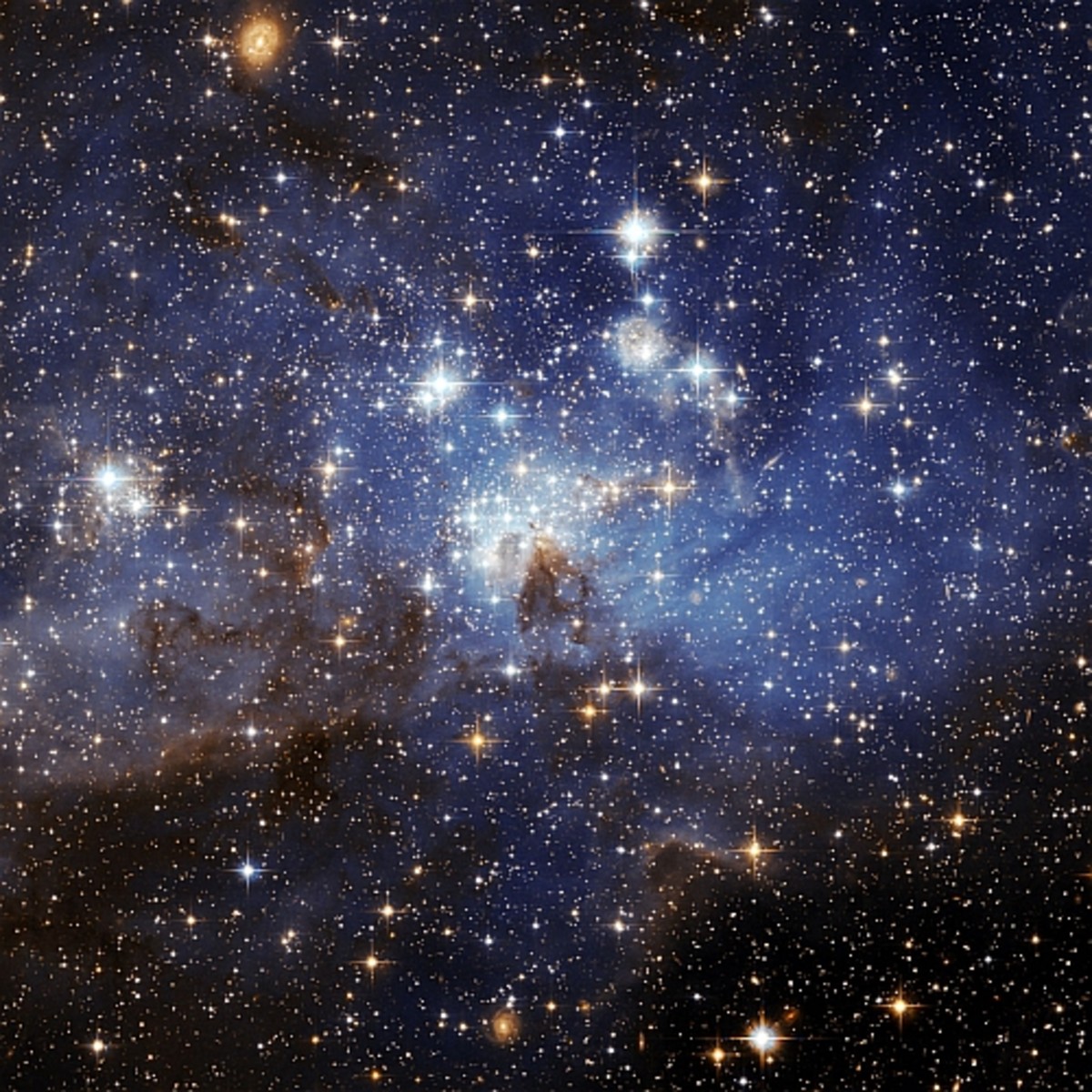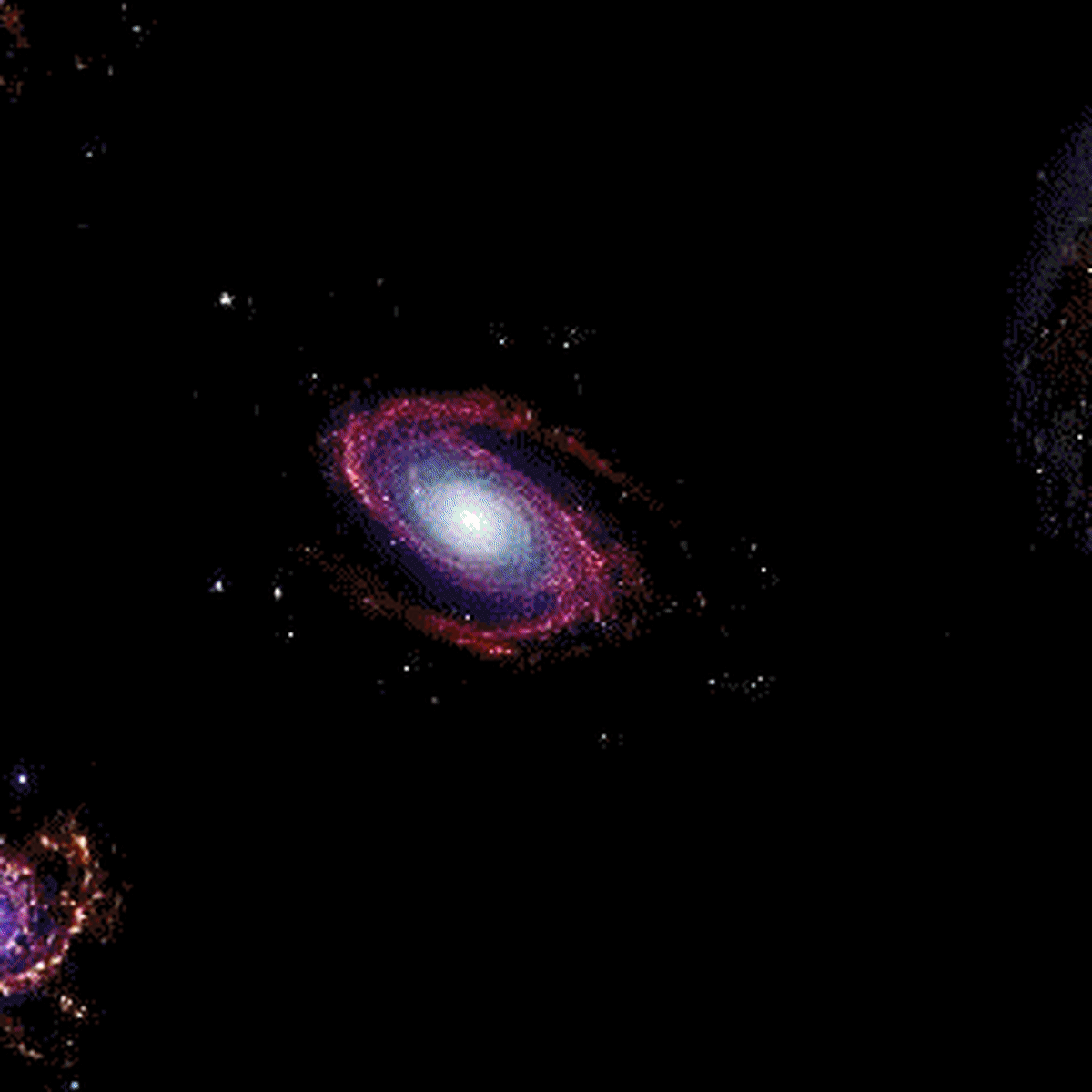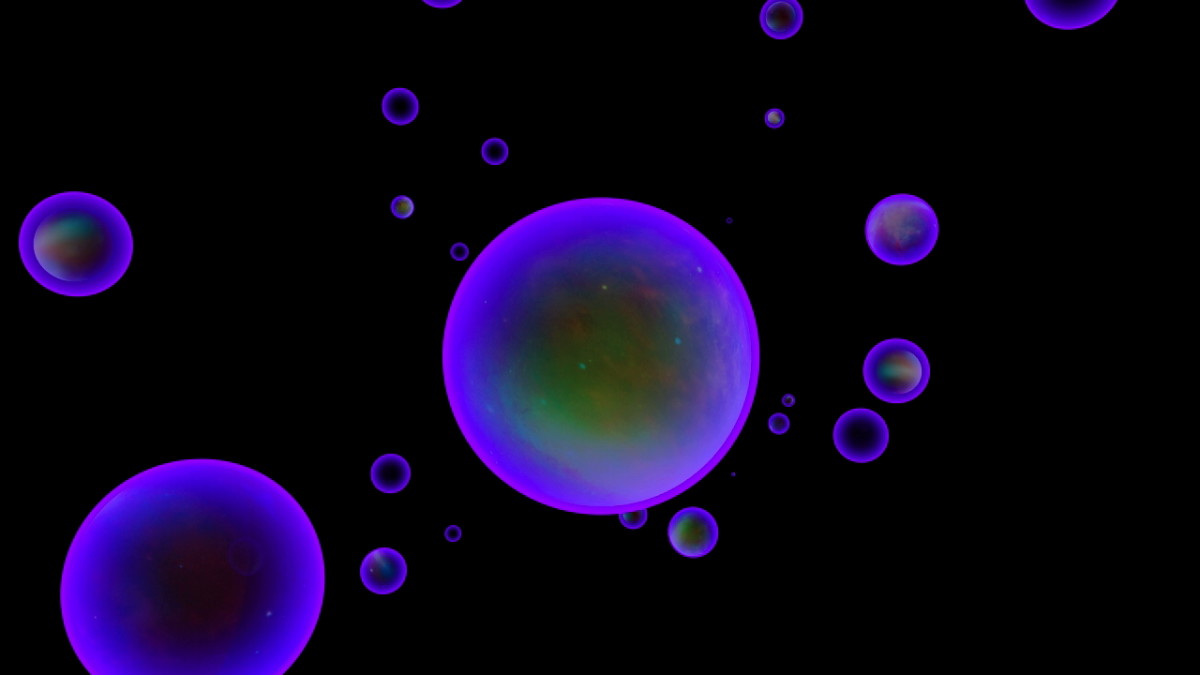The Universe is Absurd: we probably shouldn't even call it that
Introduction to the series
This article serves as a jumping off point for a series called "The Universe is absurd," which will attempt to explain what we know about the Universe and, perhaps more importantly, what we have absolutely no idea about. In this article, I will touch on subjects that illustrate the absurdity of the Universe. In future installments of the series, I will delve further into these issues, and perhaps elaborate on phenomenon that I have yet to consider, so please stay tuned.
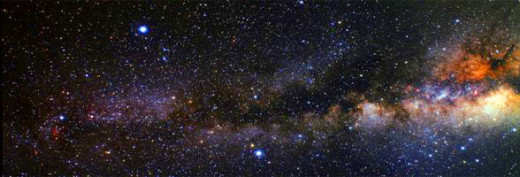
The observable Universe and our constrained knowledge
A popular misconception regarding our relationship with reality is the common phrase "seeing is believing." Given that sight is only one of our admittedly erroneous senses, I am surprised that we so casually bind our version of reality with visual data.
We long have had this habit of constraining reality to the physically observable. In the case of the Universe, this tactic has some inherent flaws that I would like to combat. The action of observation has a critical limitation in that we require the effects of visible light to have had enough time to reach our visual cortex. We know that light has a constant speed in interstellar space, and only so much time has elapsed since the beginning of our spacetime. Thus, we are able to calculate our limitation in the manifestation of a visible radius. What lies beyond this radius is inherently non-observable.
Simply put, all of the light just hasn't gotten to us yet.
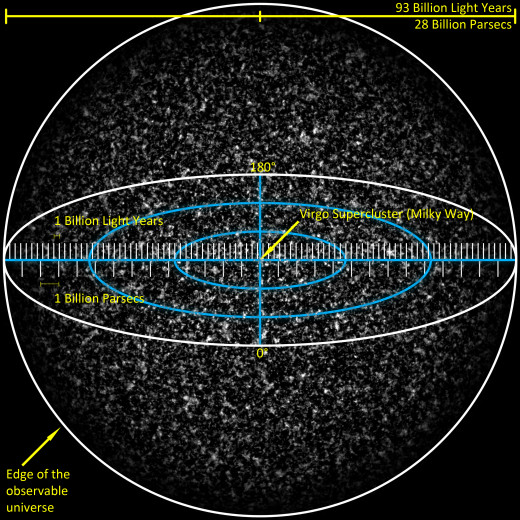
What does this mean for our version of reality?
The effects of our expanding Universe, combined with the speed limit of photons, make it impossible to obverse our Universe in its entirety. I am here to ask what is on the other side of this visible radius. We can likely assert that the unobserved Universe looks a lot like what we can see. What remains to be known is the possibility of other Universes. We have no reason to say that they do not exist, and we have no way of testing this with our current understanding of the laws of physics and our surroundings.
I am not here to tell you that other Universes definitely exist, only to explain that asserting otherwise is an inherently flawed position. Personally, I prefer the idea of multiple Universes. My position on the subject is as follows: if it happened once, what is to stop it from happening again? In this sense, the Multiverse seems almost likely.
Do you think it is possible that a Multiverse exists?
Our misunderstanding of dimensions
We like to think of ourselves as existing in three dimensions, most commonly referred to as our X, Y, and Z axes. In static, practical applications, this approximation is sufficient in everyday life. When this version of reality starts to fall apart is when we introduce spacetime events.
A simple example of this is a normal meeting between two people. Giving X,Y,Z coordinates is insufficient to ensure they will meet up with each other. We also need to know what time this event takes place, in addition to the spatial position. For this reason, physicists have adopted the definition of time as the fourth dimension. Although we do not see time, it is just as important as our observable positions.
Many academics, including string-theorists, have asserted the existence of multiple other dimensions that we do not recognize in our normal reality. One of the most expensive pieces of equipment ever built on the face of the planet, the LHC, is currently on a quest to see if these extra dimensions exist. You can read more about this effort in the article linked below, and learn more about the theory of extra dimensions in the video below.
What this really drives home is the idea that our version of reality needs a modern overhaul. We at least need to be open to the theory of our persistent ignorance. What we await to be discovered in all likelihood may turn our current version of reality on its head.
Dark Matter and Dark Energy
Given that one day we discover that they exist, we must wonder what is taking up all of the space in these extra dimensions. We already know of energy and matter we are unable to explain, or even observe, with our current understanding of the Universe.
There exist many phenomena that cannot be explained with our current understanding of dimensions and interactions between matter and energy. For example, we have observed galaxy clusters that are rotating at a rate much faster than is predicted. The current theory is that there is extra mass somewhere within these bodies that is causing a gravitational effect on the observable matter and spacetime. We call this mysterious substance Dark Matter. All attempts to interact or observe this extra mass have proved unsuccessful. What this suggests is Dark Matter does not interact with anything within our known dimensions.
There is also an effect on the entire Universe that suggests another mysterious phenomenon. We predict that our Universe should expand, and can observe this effect due to alterations in visible light spectra emitted from distant galaxies. This effect is called red-shifting. The weird part is that the Universe is expanding at a rate statistically different from what we would expect. We can issue an explanation of this increased acceleration with the introduction of a force called Dark Energy. Again, all attempts to interact with or observe this force have proved futile.
The key takeaway from this analysis is simple. We do not have a reliable version of reality. Any prediction that we make based on this incomplete understanding is consequently flawed.
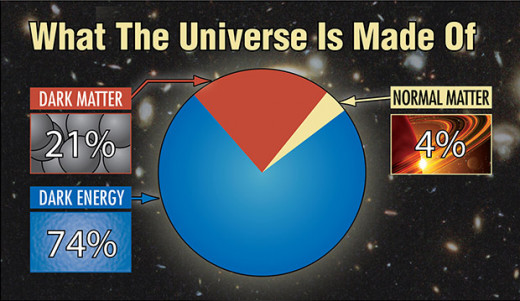
What is a Black Hole?
Extraordinarily massive objects, typically stars about 40 times the mass of our sun, are the foundation of a Black Hole. During fusion reactions, stars use up the smaller, reactive elements such as Hydrogen to produce heavier elements. The fusion process produces radiation that combats the gravitational pull this matter has on itself. During this period, the star is relatively stable. This process continues, producing heavier and heavier elements, until it is suddenly and violently halted by iron. This happens because iron is too heavy to be utilized in a star's fusion reaction.
Once a sufficiently massive star makes iron, gravitational pull takes over dynamic equilibrium of the mass. The object implodes on itself, shrinking until each atom is competing to occupy the same space as its neighbors. It violently flings matter and energy in what is known as a Supernova explosion. The innermost part of the star crunches down to an infinitesimally dense and small object. A Black Hole is born.
A Black Hole gets its name from the fact that nothing can escape its immense gravitational pull, not even light. There is a radial distance that surrounds the object, called the Event Horizon, where spacetime is literally bent at a rate that at least matches the speed of light. This is where everything starts to get exceptionally weird. The laws of physics break down, time ceases to exist, and we have no idea what actually happens to the matter and energy that falls in.
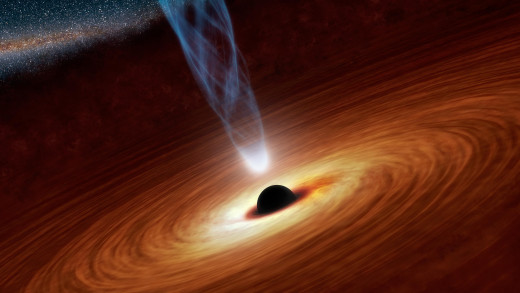
The Big Bang: spawn of a Universe
Since we know that the entire Universe is expanding, we can theoretically rewind time and see what happens at the beginning. All of this matter is expanding in a shockingly uniform manner, so much so that we must conclude that the Universe began in an infinitesimally dense and small state. We have supported this theory by analyzing the Cosmic Microwave Background Radiation, which exhibits properties that are consistent with the Big Bang Theory.
What we believe happened is that this ultra-dense singularity exploded into existence with a barrage of raw energy. The subsequent result is the creation of lighter elements that exhibit properties of mass. Since these newly formed particles have mass, they exert gravitational pull on each other to form interstellar clouds, planets, stars, and everything else that we observe in the Universe, including Black Holes.
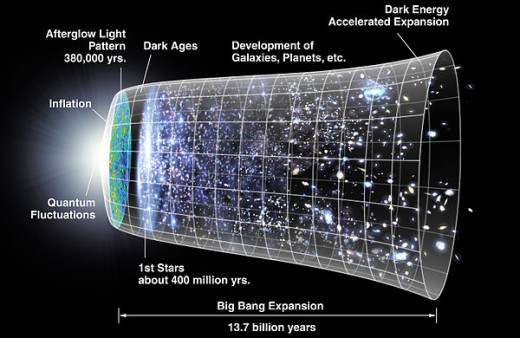
Simmilarities of a Black Hole and the Big Bang
Reading the previous two segments back to back causes us to infer a dramatic realization. Black Holes and the Big Bang seem to have quite a great deal in common. They both contain a staggering amount of mass/energy. They are also both infinitesimally dense and small.
Furthermore, we are unable to predict what happens at the end of a Black Hole, nor at the beginning of the Big Bang.
This has caused some physicists to contemplate a shocking and revolutionary question. Could the matter and energy that goes into a Black Hole spawn an entire Universe, and could our Universe have been the result of a similar phenomenon? We already know that our current understanding of physics is insufficient to explain what happens to the contents of a Black Hole, and the conditions of the two entities are remarkably similar.
Take a look at the video below to see what top theoretical physicists think about Black Holes being theoretically able to spawn entire Universes.
The possibility of a Multiverse
This revelation brings us back to a question posed at the beginning of this article. Why are we so hesitant to contemplate the existence of multiple Universes? We are unable to see into, or otherwise measure, the space that these potential Universes would occupy, so we have no empirical evidence to argue that a Multiverse does not exist. Further interesting is our knowledge that there are countless Black Holes in our own Universe. If we can theorize that Black Holes may spawn Universes in another dimension, then we can subsequently reasonably argue for the existence of a Multiverse.
Throughout history, we have repeatedly, unfailingly determined that our cosmos is more beautifully expansive and complex that previously theorized. We should not continue to fall prey to this ignorance. We should not be content with the model of reality that we have reached up to this point. Science must push on, perhaps infinitely, in our quest for truth.


